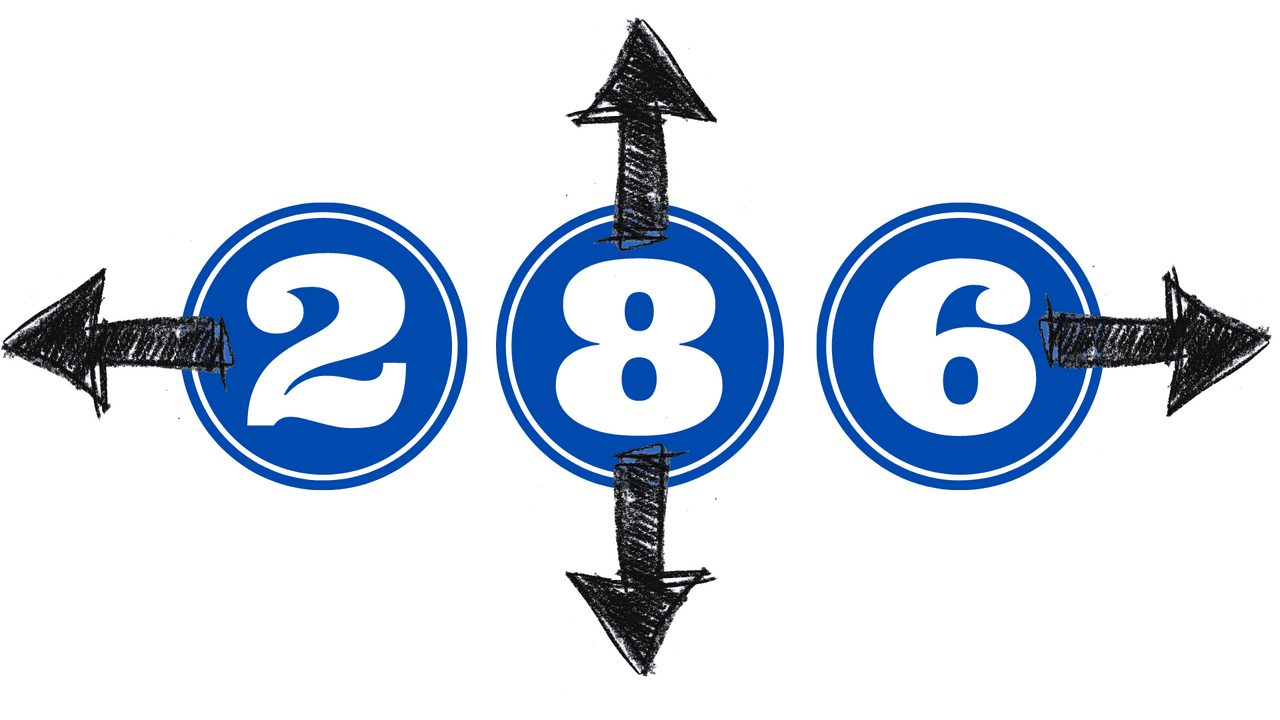Which digit do you want people to focus on?

Ending your price with “9” is a tidbit of pricing psychology that has entrenched itself in business folklore.
Why? Because $1999 seems better than $2000, and $12.99 better than $13.
But why does it seem better?
It may have a lot to do with the direction the digit is pointing. You see, 9 points to the left, as does 1, 2, 3, 4 and 7.
5 and 6 are right-facing whereas 0 and 8 are centered.
This digit-directionality (Coulter, 2007) is yet another consideration when it comes to how you represent your pricing, along with decimals, dollar signs and font size.
So it's worth asking yourself, in a sequence of numbers, on which number do you want your customer to focus?
If you want help answering this and other questions about your pricing, here are two options:
- Become a Just Do This member and you’ll get a deeper dive on this in December’s content release. Just Do This is where I show you exactly how to apply the best science to everyday aspects of your business, like invoice and website design, emails and call scripts. If you want to spend less time agonising over what to do, while generating better results from having it done, Just Do This.
- Book in for Price Optimisation coaching in which I take you through a 3 part process to nail your pricing.
Is in-person brainstorming actually better?
It's easy to believe in-person brainstorming is better than virtual. But is it?
Not according to an article in Scientific American (H/T @davdittrich). In fact, “Behavioral economics and psychology research has established the superiority of digital brainstorming over in-person brainstorming.”
It seems that while in-person makes us feel we’ve collaborated, we actually generate more ideas when working remotely.
If you want to brainstorm the best ways to set your team up for success, book me for a behavioural strategy session. We'll flush out the hidden barriers to your team's effectiveness and devise solutions so you hit the ground running.
The Rolls-Royce approach to employee accountability
How do you get your staff to care as much as you do?
Well, Frederick, “Henry” Royce, founder of Rolls-Royce, made engineers in the early years personally sign the parts they were responsible for making. “If any component proved faulty he made them correct the fault in their own, unpaid time – I paid you to make a working part, not a faulty part, he would argue.” From Nomad Investment Partnership Letters by Nicholas Sleep (H/T @NeckarValue).
While Henry's isn't necessarily a feasible or desirable approach, the intent is right. True accountability is tied to a sense of ownership.
Which begs the question: How are you ensuring your team owns the outcome? Again, I can help you with this so get in touch if instilling ownership is on your ever-growing to-do list.
You might also find interesting:

